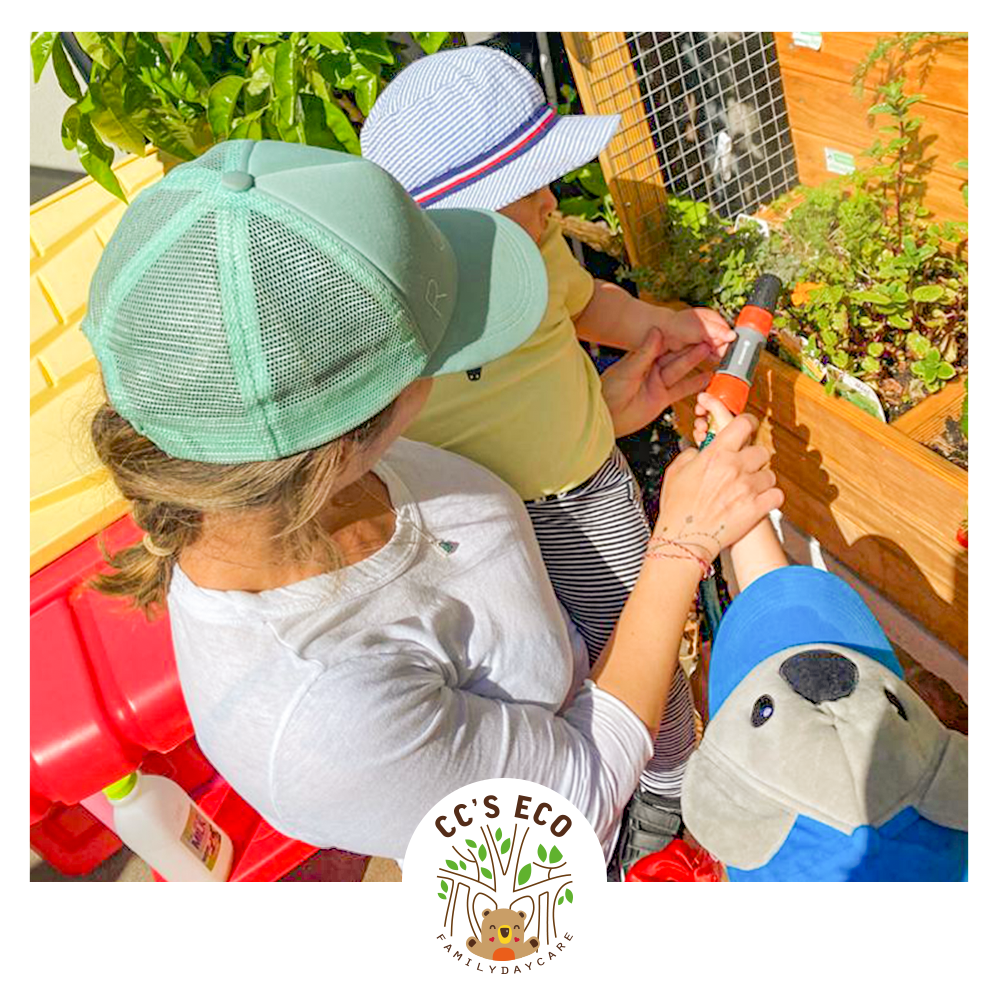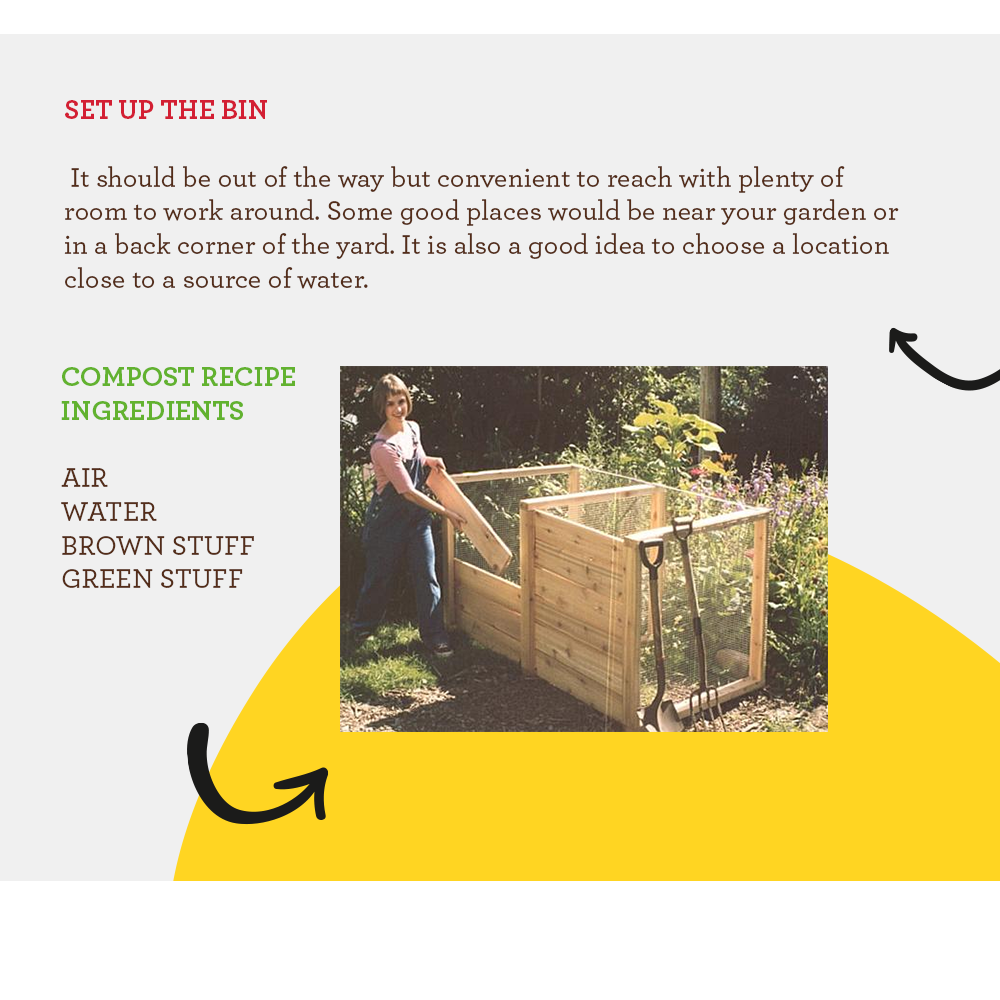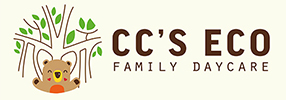
21 out Composting for kids! How to make a compost bin.
Teaching sustainability can be fun, engaging and empowering for children all ages. It allows them to understand their responsibility for their actions and to contribute for a better, sustainable future. We believe that the practice of sustainability empowers children to develop knowledge, explore values and an appreciation of the environment and its relationship to their worlds. Practicing new skills is the best way of getting them to become part of your routine and of course, being green doesn’t have to mean more work! There are many ways you can reduce your environmental impact.
Setting up a garden can be a great place to develop a meaningful and fun learning experience for children. It’s a natural match. Through gardening the children have the opportunity to learn the life cycle process, by which plants are grown, as well as responsibility, independence, and environmental awareness. Just like us, the garden also needs food and nutrients, both things you can find in compost.
What is compost?
Nature recycles leaves and plants. In a forest, leaves fall forming mulch that protects the soil. Over time they decompose into nutrients that feed forest plants.Compost is a great soil conditioner that adds nutrients and helps your garden retain moisture. It can also reduce the need to add fertilizer and make your plants more resistant to disease.
By making your own compost bin you can recycle leaves and other plant materials at home. Introducing children to composting is a great way to increase their awareness of nature and the importance of the environment in everyday life.
If you want to build your own bin, these are the steps:



Here at CC’s all our organic leftovers go straight to our compost bin and later on, they can fertilize our garden, because of our space, we decided to buy a compost bin from Bunnings.

No Comments